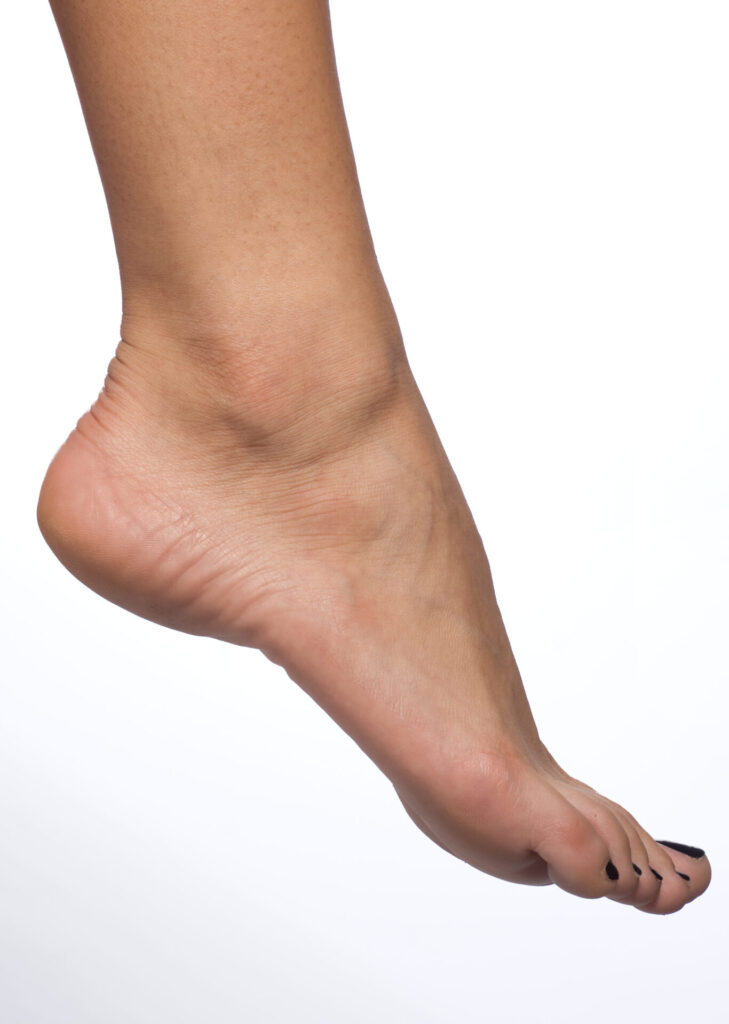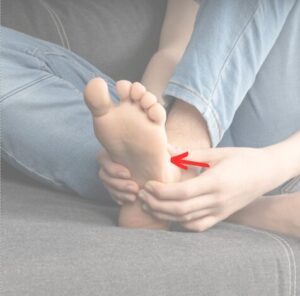What is a Foot Drop? Learn more about this condition
Foot drop is a gait abnormality in which the dropping of the forefoot happens due to weakness, irritation or damage to the common fibular nerve including the sciatic nerve, or paralysis of the muscles in the anterior portion of the lower leg. It is an umbrella term for the symptoms a person experiences who is unable to lift their foot upwards (a movement called dorsiflexion).
It is not a condition or disease in itself. Foot drop is typically a symptom of an underlying neurological, muscular, or anatomical problem. It is the inability to lift the front part of the foot up towards the shin, which means people may catch their foot on the ground/obstacles as they walk. It can affect all ages.
Causes of Foot Drop
The most common cause of this condition is compression of a nerve in your leg that controls the muscles involved in lifting the foot. The underlying causes are varied and may include nerve injury. The condition is caused by weakness or paralysis of the muscles involved in lifting the front part of the foot.
Injury to the spinal cord from trauma or spinal degeneration can also result in foot drop as the nerve that sends the message to pick the foot up may have been damaged and can no longer perform the action. If significant trauma has occurred this foot drop may be permanent. Sometimes following lower back surgery, some individuals may experience some weakness in their legs resulting in foot drop. Luckily our bodies can often heal those potentially damaged nerves and over the period of a few months, the foot drop has the potential to resolve.
A not so commonly known cause but an extremely important one is Diabetes, formally know as Diabetic Neuropathy. Nerve damage can arise from poorly managed diabetes and chronically high levels of blood sugar. Over time, Diabetic Neuropathy causes damage to the nerves including those that pick the feet up, again resulting in drop foot.
Signs And Symptoms Of Foot Drop
These are the symptoms of foot drop:
- feeling a noticeable weakness when moving your foot up and around on your ankle, with your foot having a heavy feeling.
- experiencing some tingling or numbness in your foot,
- curling toes
- and may notice that your foot drags along the ground or catches the ground during regular walking – if you don’t lift your knee higher than normal to stop it from touching the ground.
While it may seem clear if your foot is dragging and dropping down, it’s important to take a full history, assess the function of your peroneal nerve and look at what has likely caused the nerve damage, so that the best course of action for treatment and management can be recommended.
Are you suffering from this condition? One of our podiatrist can assist and then recommend what treatment options are best to get you back on track. ✅
Schedule an appointment here or you may call us at 44 (0) 207 101 4000. 📞
We hope you have a feetastic day! 👣☀️
-The Chelsea Clinic and Team




